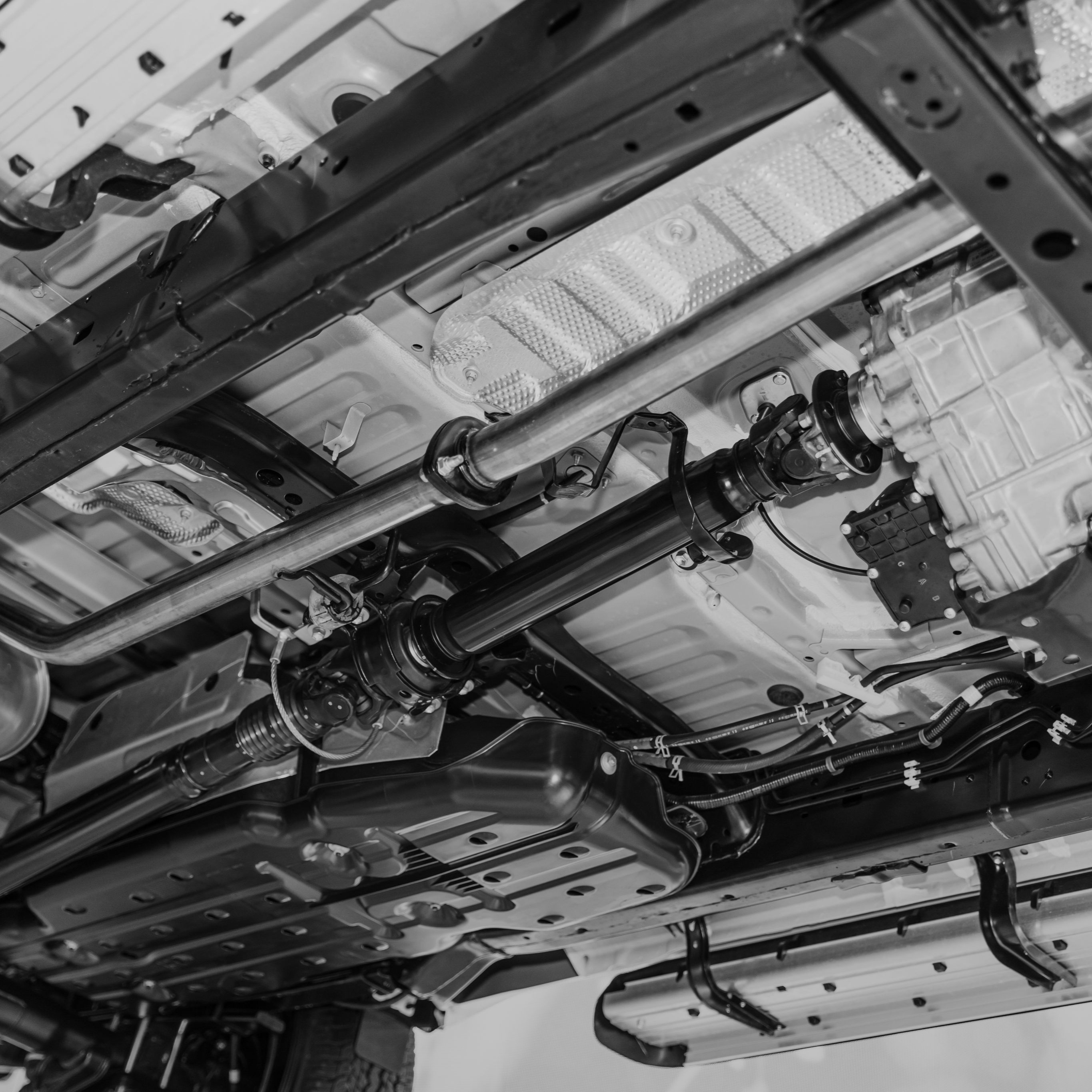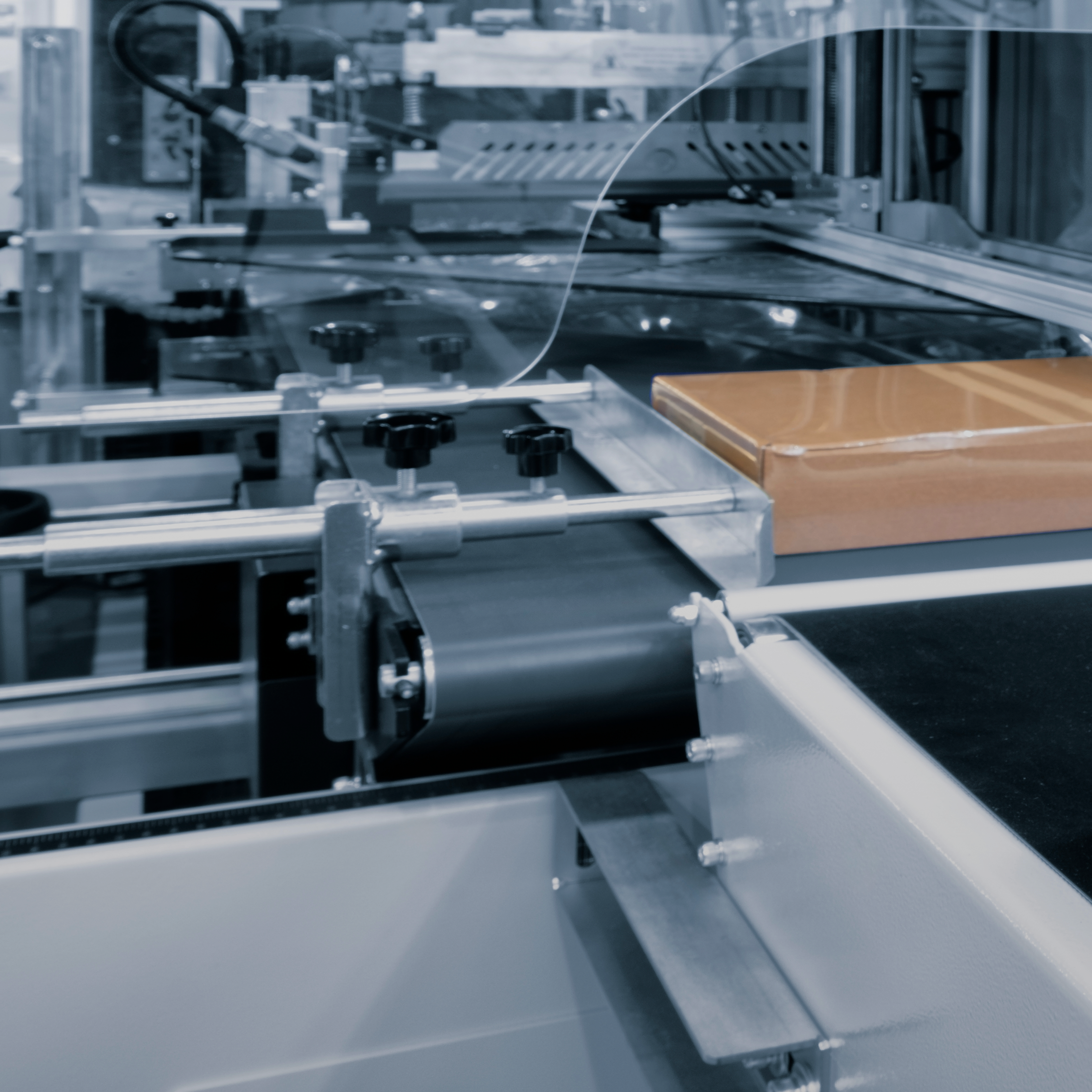DSC1701GH6 BK
| Molding method | Injection molding |
|---|---|
| Features | Chemical Resistance, Heat Resistance, Low absorbency, Anti-static properties |
| Ingredients | PPA GF30% |
-
Ingredients
Material characteristicsDESTRON® DSC1701GH6 is a product reinforced with 30% Glass Fiber in PPA (Polyphthalamide) Base Polymer, featuring excellent heat resistance, chemical resistance, and low moisture absorption as a semi-aromatic Polyamide. Compared to general-purpose engineering plastics, it offers superior heat resistance and mechanical properties. Additionally, it contains an antistatic agent that enhances antistatic performance.
Molding conditionThis product is sealed after desiccant drying, so no additional drying process is necessary before molding. However, if the product contains moisture, ensure to dry at a minimum temperature of 120°C for at least 4 hours to maintain a moisture content below 0.2%.
-
Application Part
-
Application Examples
| Property | Item | Condition | Method | Unit | Value |
|---|---|---|---|---|---|
| Physical | Water Absorption | 23°C, 50% RH | ISO 62 | % | |
| Specific Gravity | 23°C | ISO 1183 | - | 1.42 | |
| Mold shrinkage | Flow, 60 X 60 X 2mm | ISO 294-4 | % | ||
| Cross-flow, 60 X 60 X 2mm | ISO 294-4 | % | |||
| Mechanical | Tensile Strength | 5 mm/min, 4mm | ISO 527 | MPa | 185 |
| Elongation | 5 mm/min, 4mm | ISO 527 | % | 2 | |
| Tensile modulus | 1 mm/min, 4mm | ISO 527 | MPa | 12000 | |
| Flexural Strength | 2 mm/min, 4mm | ISO 178 | MPa | 270 | |
| Flexural Modulus | 2 mm/min, 4mm | ISO 178 | MPa | 10000 | |
| Charpy Impact Strength | Noched, 4mm, 23°C | ISO 179 | kJ/m2 | 8 | |
| IZOD Impact Strength | Noched, 4mm, 23°C | ISO 180 | |||
| Rockwell Hardness | R-Scale | ISO 2039-2 | - | ||
| Thermal | Melting Point | ISO 11357-3 | °C | ||
| HDT(1.8MPa) | 4mm, Flatwise Unannealed | ISO 75 | °C | ||
| HDT(0.46MPa) | 4mm, Flatwise Unannealed | ISO 75 | °C | ||
| Flammability | UL 94 | - | |||
| Electrical | Volume resistivity | IEC 60093 | Ohm | ||
| Dielectric Constant(10^6HZ) | - | ||||
| Dielectric Strength | IEC 60243-1 | KV/mm | |||
| ARC resistance | Sec |
| Property | Unit | Range | |
|---|---|---|---|
| Resin Drying Temperature | °C | 120 ~ 135 | |
| Resin Drying Time | Hr | 4 ~ 5 | |
| Cylinder | Rear | °C | 305 ~ 310 |
| Middle | °C | 310 ~ 315 | |
| Front | °C | 315 ~ 330 | |
| Nozzle Temperature | °C | 315 ~ 330 | |
| Resin Temperature | °C | 315 ~ 330 | |
| Molding Temperature | °C | 100 ~ 140 | |
| Speed | % | 40 ~ 70 | |
| Pressure | 1st | % | 30 ~ 50 |
| 2nd | % | 30 ~ 50 | |
| Holding Pressure | % | 10 ~ 20 |
-
1.Chemical Product and Company Identification
1) Product Name : DESTRON® DSC1701GH#
annotation) # : an Arabic number(3 ~ 12)
2) Recommended use of the chemical and restrictions on use
Recommended use of chemical
- For injection molding and extrusion molding
Restrictions on use
- Do not use it for anything other than the recommended purposes
3) Manufacture/Supplier
Company: DESCO CO., LTD.
Address: 24, Gongdan-ro 9-gil, Waegwan-Eup, Chilgok-Gun, Kyeongbuk, Republic of Korea
Tel: +82-54-970-5861 -
2.Hazard Identification Summary
1) Hazard Classification
2) GHS (Globally Harmonized System Classification and labeling of chemicals)
Pictographs: N/A
Hazard statements: N/A
Precautions: N/A
3) Hazard classification does not include other hazard (NFPA)
Health =1, Fire = 1, Reactivity = 0 -
3.Composition, Ingredient Information
Chemical Nature CAS No. Composition(%)
---------------------------------------------------------------------------------
Polyphthalamide 24938-03-2 -
Glass Fiber 65997-17-3 15 ~ 60
* It’s not dangerous generally and a small quantity of additions and impurities aren’t shown, but we can offer it for medical treatment. -
4.First Aid Measures
1) Eye contact
- Flush with plenty of water or physiology solution.
2) Skin contact
- Get rid of polluted clothes, accessories and shoes. Wash off in soap or natural detergents using plenty of water.
3) Inhalation
- Escape from polluted place and inhale the fresh air.
4) Ingestion
- No need of first-aid measures. Just vomit get medical attention if person became unconscious.
5) Note to physician and first-aid
- No special antidote. Supportive therapy should be used according to symptoms. -
5.Explosion and Fire Fighting Measures
1) Proper (and improper) fire extinguisher
- Suitable: CO2, water, powder, general foam
- Not suitable: N/A
2) Specific hazards arising from the chemical
- Irritant smoke may cause such as Carbon monoxide (CO), NOx, Halides and etc.
3) Protective equipment and precautions for firefighting
- In case of Fire, spray the fire extinguisher toward the ignition point after securing a safe distance
- If you do not have fire extinguishers, sand for fire and fire hydrant may be used.
- People around the fire evacuate to safe area.
- During a fire, harmful gas can be caused by combustion and decomposition of substances. -
6.Accidental Release Procedures
1) Precautions and equipments for personal protection
- Do not inhale dust and vapor during operation.
- Immediate disposal to prevent risk of slipping.
2) Precaution for environmental protection
- N/A
3) Purification or removal methods
- According to Industrial Waste Disposal regulation, move to approved place. -
7.Handling and Storage
1) Safe handling
- Storage and handling in accordance with regulations and the law in force.
2) Safe storage
- Stare in a dry place and away from incompatible materials. -
8.Exposed Controls and Personal Protective Equipment
1) Standard of chemical exposure, standard of biological exposure and etc.
Internal regulations: N/A
ACGIH regulations: N/A
Standard of biological exposure
2) Appropriate engineering controls
- It needs air exhauster which can remove dust and gas during work. If necessary, using a qualified mask for dust and organic solvents
3) Personal protective equipment
Respiratory Protection
- The operator should wear a mask for anti-dust
Eye protection
- Wear safety goggles and install an eye wash and emergency wash facilities.
Hand protection
- Injection workers should wear gloves, arm guards, and heat-resisting equipment.
Body protection
- After handling, wash clean -
9.Physical and Chemical Properties
1) Appearance: Specified color and granulate form
2) Smel: Nearly odorless
3) Threshold value: N/A
4) PH: Not applicable
5) Melting point/freezing point: 220~230℃
6) Boiling point/Boiling range: N/A
7) Flashing point: N/A
8) Evaporating rate: N/A
9) Flammability (solid, gas): N/A
10) Upper/lower bond of flammability or explosive: N/A
11) Vapor Pressure: N/A
12) Solubility: Insolubility in water
13) Vapor pressure: N/A
14) Specific gravity: 1.20 ~1.90
15) n-Octane/water partition coefficient: N/A
16) Spontaneous ignition temperature: N/A
17) Pyrolysis temperature
18) Viscosity: N/A
19) Molecular weight: N/A -
10.Stability and Reactivity
1) Chemical stability and the possibility of adverse reactions: stable under normal temperature pressure
2) Conditions to avoid
- Heat, flames, sparks and other sources of ignition
3) Substances to avoid
- Acid, A base, An oxidizing agent
4) Harmful substances at decomposition
- Toxic carbon compounds can be released -
11.Toxicological Information
1) Information for exposed route with high possibility: N/A
2) Information for health hazard
Acute toxicity: N/A
Skin corrosiveness or irritation: N/A
Serious eye damage or irritation: N/A
Respiratory sensitization: N/A
Skin Sensitization: N/A
Carcinogenic: N/A
Mutagenicity: N/A
Particular target of toxicity (Single exposure)
Particular target of toxicity (Repeated exposure)
Inhalation Hazards: N/A -
12.Ecological Information
1) Ecotoxicity: N/A
2) Persistence and degradability: N/A
3) Transferability in soil: N/A
4) Other adverse effects: N/A -
13.Disposal Precautions
1) Methods of disposal: Handle by precautions specified in the Wastes Control Act
2) Disposal Considerations: Handle by precautions specified in the Wastes Control Act -
14.Transport Information
1) UN number: N/A
2) UN Proper name of shipping: N/A
3) Hazard class of Transit: N/A
4) Container grade: N/A
5) Marine pollutants: N/A
6) Special Safety measures the user need or need to know about transportation or means of transportation
- Emergency measures for fire: N/A
- Emergency measures for Outflow: N/A -
15.Regulatory Information
1) Restriction by industrial safety and health Act: N/A
2) Restriction by Registration and Evaluation, Etc. of Chemical Substances Act: N/A
3) Restriction by Safety Control of Dangerous Substances Act: N/A
4) Restriction by Wastes Control Act: N/A
5) Restriction by domestic and international law
Domestic restriction
- N/A
Foreign restriction
- American Management Information (OSHA regulation): N/A
- American Management Information (CERCLA regulation): N/A
- American Management Information (EPCRA 302 regulation): N/A
- American Management Information (EPCRA 304 regulation): N/A
- American Management Information (EPCRA 313 regulation): N/A
- American Management Information (Rotterdam Convention materials): N/A
- American Management Information (Stockholm Convention materials): N/A
- American Management Information (Montreal protocol materials): N/A
- EU classification information (Decided fractionation result): N/A
- EU classification information (Dangerous substance): N/A
- EU classification information (Safety notice): N/A -
16.Other Information
1) Source of data
This MSDS was edited from DESCO Co., Ltd. based on the data of Korea
Industrial Safety Corporation according to Industrial Safety and Health
Act of Article 41 and announced by Ministry of Labor Notice No. 96-12.
2) Creation date: 10th Jul. 2010
3) The number and final date of revision: 8 times / 1th November. 2023
4) Others
This documentation was made out based on our piled up experience and
knowledge of our R&D center. It is suggested that this information
contained in this document can be used for General indication. Therefore,
you should not construe it as product specifications, and you should do
appropriate test before you considering your conditions for newly
applications.
 Chassis
Chassis
 Industrial Products
Industrial Products
